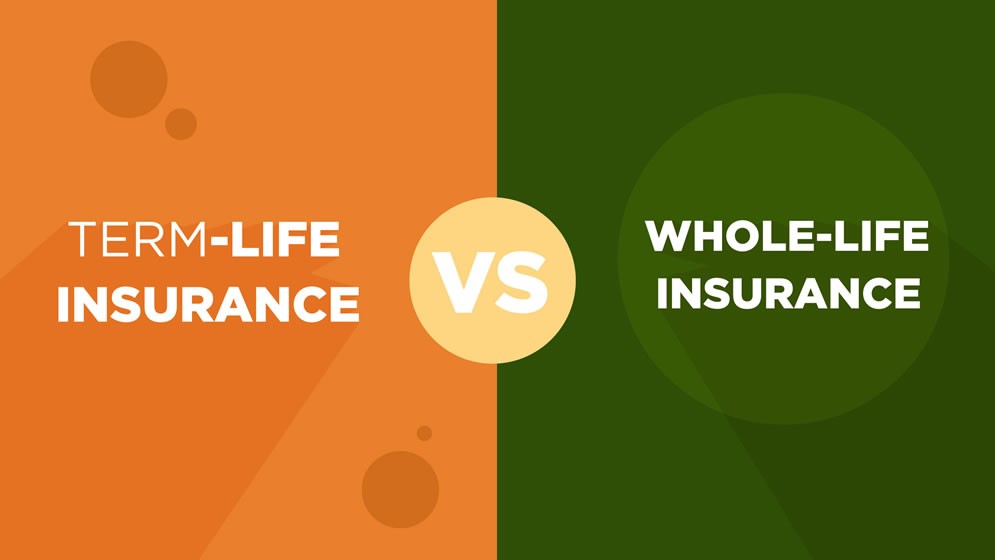When it comes to protecting your family’s financial future, choosing between term life and whole life insurance can feel confusing. Both offer essential coverage but differ in cost, duration, and benefits. In 2025, understanding these differences is more important than ever, especially with changing financial needs and evolving insurance products.
This guide will help you understand how each type works — and which one might be right for you.
What Is Term Life Insurance?
Term life insurance provides coverage for a specific period, usually between 10 and 30 years. If the policyholder passes away during the term, the beneficiaries receive a death benefit.
Key Features:
- Affordable Premiums: Term life is generally cheaper than whole life insurance.
- Fixed Duration: Coverage ends after the selected term.
- Simple Coverage: Pure life insurance without investment components.
- Renewal Options: Some policies allow you to renew after the term ends, though at higher rates.
Best For:
- Young professionals and families on a budget
- People who want coverage until major debts (like a mortgage) are paid off
- Individuals looking for simple, temporary protection
What Is Whole Life Insurance?
Whole life insurance offers lifelong coverage and includes a cash value component that grows over time. A portion of your premium is invested by the insurance company, building value you can borrow or withdraw in the future.
Key Features:
- Lifetime Coverage: No expiration date as long as premiums are paid.
- Cash Value Growth: Acts as a savings or investment component.
- Fixed Premiums: Payments remain the same throughout the policy.
- Potential Dividends: Some policies may pay dividends based on company performance.
Best For:
- People looking for lifelong protection
- Those wanting to build wealth or a financial legacy
- Individuals with long-term financial responsibilities or estate planning needs
Comparing Term and Whole Life Insurance (2025 Overview)

| Feature | Term Life Insurance | Whole Life Insurance |
|---|---|---|
| Coverage Duration | 10–30 years | Lifetime |
| Monthly Premiums | Lower | Higher |
| Cash Value | None | Yes, grows over time |
| Best For | Budget-conscious individuals | Long-term financial planners |
| Flexibility | Can be converted to whole life | Permanent coverage |
| Investment Element | No | Yes |
In 2025, insurers are offering hybrid plans that combine features of both — giving policyholders affordable coverage with small cash value growth. These are worth exploring if you want flexibility and moderate premiums.
Pros and Cons
Term Life Insurance
✅ Pros:
- Lower premiums
- Straightforward coverage
- Great for temporary needs
❌ Cons:
- No cash value
- Coverage expires after the term
- Renewal costs increase with age
Whole Life Insurance
✅ Pros:
- Lifetime protection
- Cash value accumulation
- Fixed premiums
❌ Cons:
- Higher monthly costs
- More complex structure
- Less flexibility if you only need short-term coverage
Which One Should You Choose in 2025?
Your decision depends on your financial goals, life stage, and budget.
- Choose Term Life if you want affordable protection for a limited period — such as while paying off a home loan or raising children.
- Choose Whole Life if you want to build long-term wealth, create a legacy, or ensure financial stability for dependents.
Many insurance experts in 2025 recommend a combination approach — starting with term insurance for affordability and later converting part of it to whole life as your income grows.
Final Thoughts
Both term and whole life insurance have valuable benefits. The right plan for you depends on whether you prefer affordability and simplicity or lifetime security and investment growth.
Take time to compare quotes, evaluate your long-term financial goals, and speak with a licensed insurance advisor. With the right choice, you can secure your family’s future and achieve peace of mind in 2025 and beyond.

